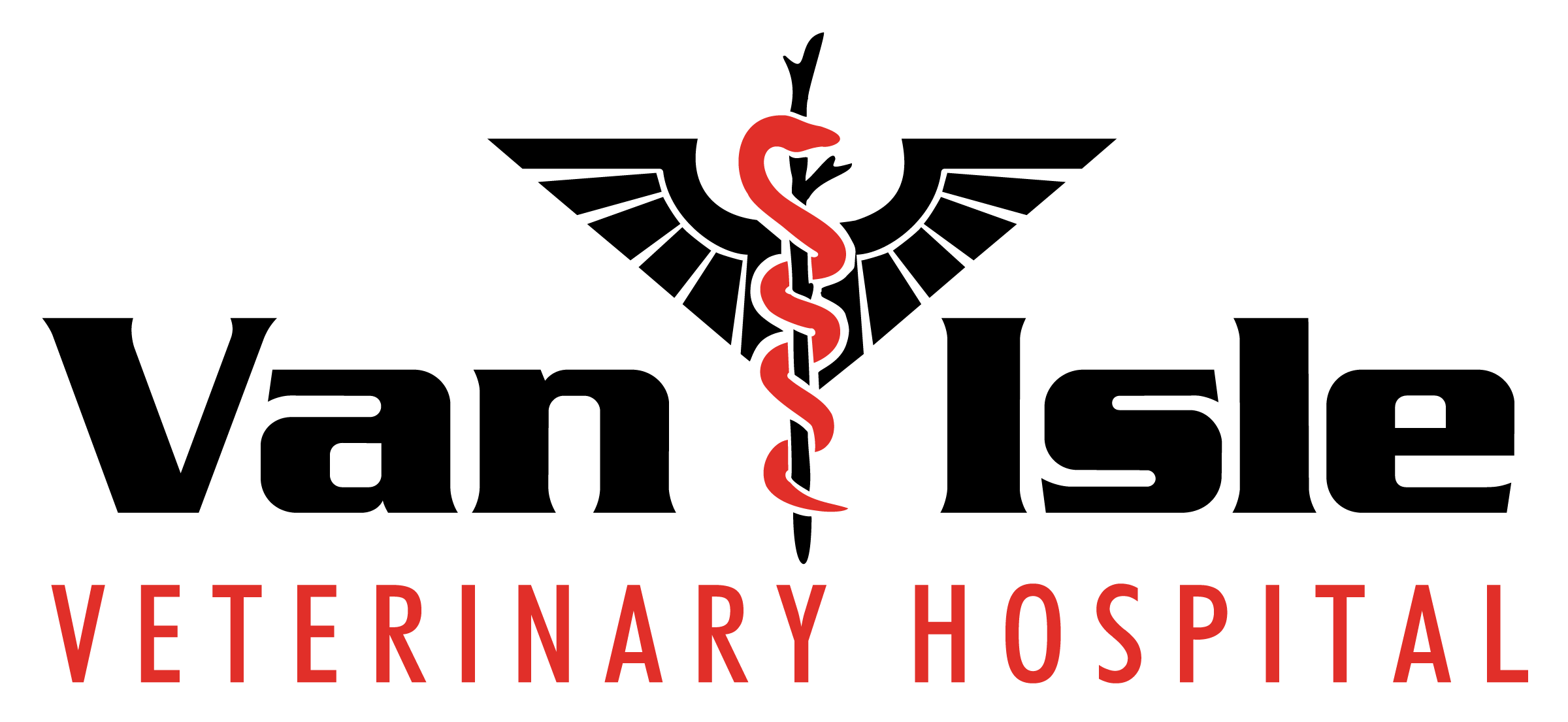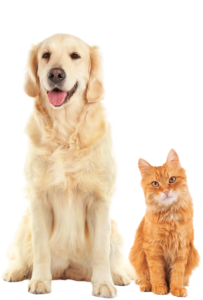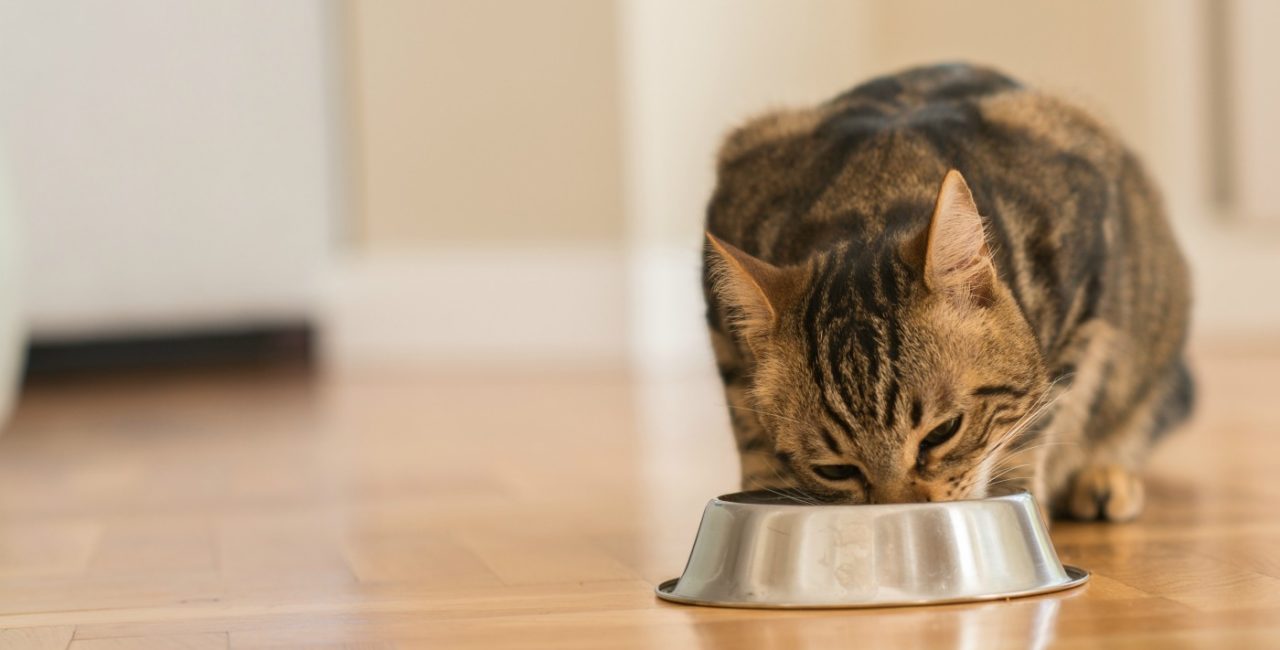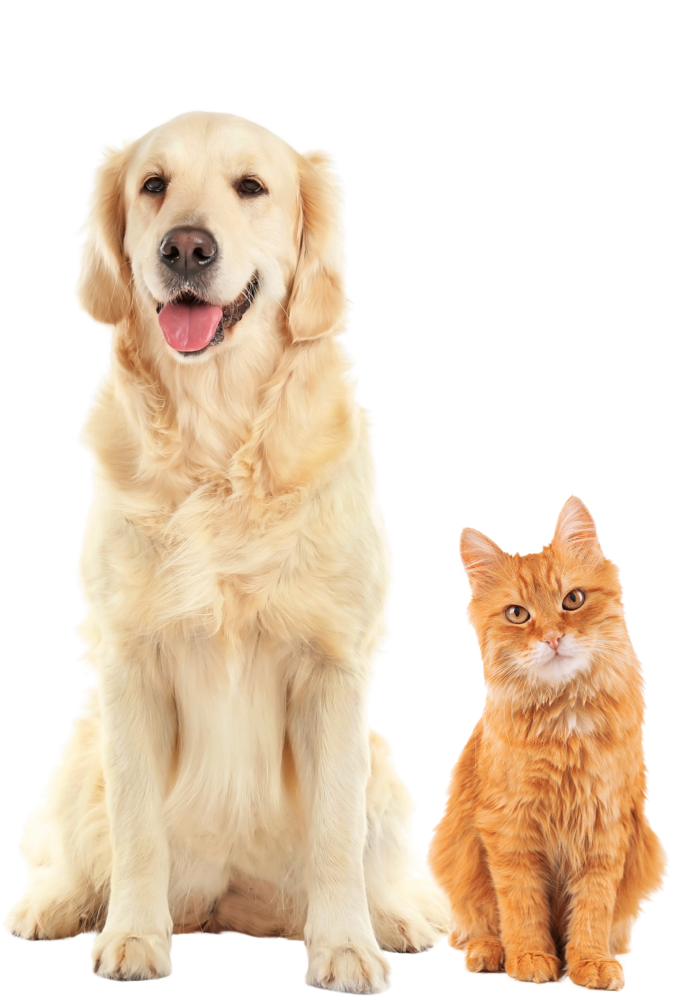Here at Van Isle Vet, we get asked this question a lot! It can be shocking to many pet owners when they hear the news that their beloved pet requires all of their remaining teeth to be extracted. It can happen over the course of several years and multiple dental procedures due to dental disease or can happen acutely when all remaining teeth need to be extracted at once. This is typically due to a medical condition known as stomatitis which occurs in cats (even at a very young age) or severe periodontal disease. When it comes to good oral health, most pets will likely require some extractions over the course of their lifetime.
Both dogs and cats fair extremely well after losing all of their teeth. In fact, they even feel much better once healed, and owners often say “it’s like he’s a puppy/kitten again!” During the initial stages of healing, your veterinarian will recommend that if your pet is kibble fed, to continue with his regular diet but add a little warm water 10 -15 mins prior to feeding to allow the kibble to soften. If your pet eats canned food, then they can continue as normal. Several pets prefer kibble as they enjoy the “crunch” and some will even refuse soft or canned food. It is especially true for cats. Several cats will go on a hunger strike as they flat out refuse to eat a canned diet. These cats, in time, will be able to go back to kibble, even without any teeth. They move the kibble around in their mouths until they feel comfortable enough to swallow it. Their mouths are safe to try kibble after 14 days and often owners will have great success with getting their cats to eat normally again once they introduce kibble back into their daily diet.
If your veterinarian has just broken the news that your pet may lose all of it’s remaining teeth, don’t panic! The health benefits to having those diseased teeth removed will improve your pet’s overall health and give them a happy, pain-free mouth while they live out their senior years!
Written by: Van Isle Veterinary Hospital




